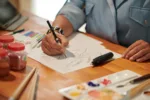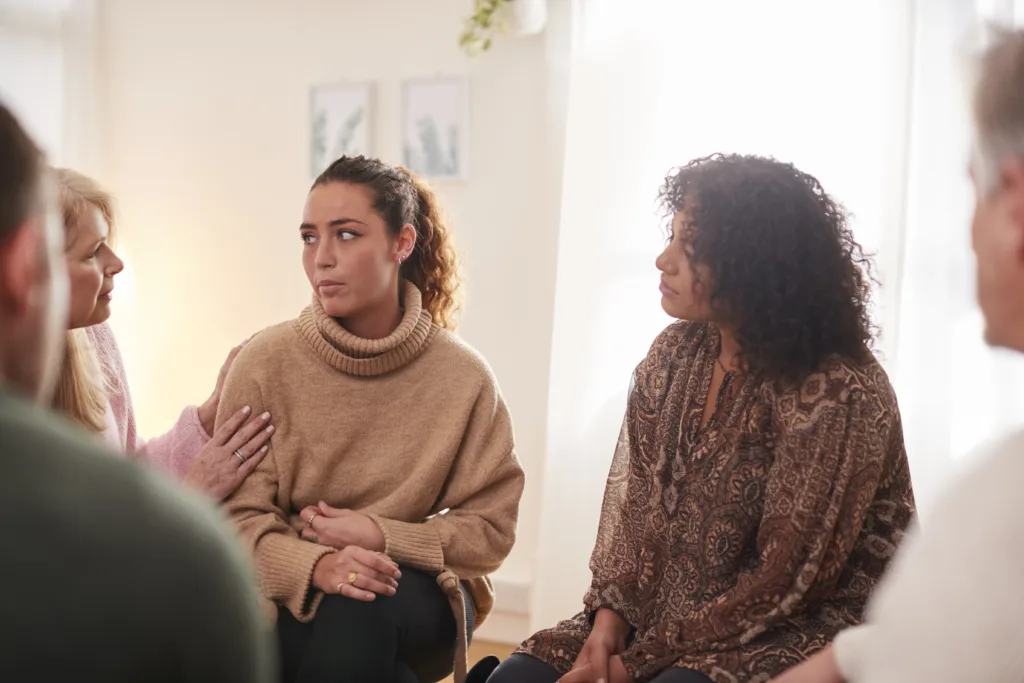
The Power of Art in Therapy
When we think about counseling and therapy, traditional talk therapy often comes to mind. However, the creative arts world has increasingly demonstrated the significance of incorporating art into counseling sessions. Art therapy serves as a powerful tool that allows clients to communicate their needs and challenges non-verbally, offering a unique avenue for self-expression and healing.
Observing Non-Verbal Cues: The Art of Communication
In traditional talk therapy, verbal expression is paramount. Yet, art therapy provides clinicians with a window into clients’ inner worlds through non-verbal cues. A simple piece of paper and a pen can reveal volumes about a client’s emotions and experiences. From anxious scribbles to meticulous strokes, each artistic expression offers valuable insights into the client’s psyche.
Unifying Process: Meeting Clients Where They Are
Art therapy embraces inclusivity, meeting clients where they are in their healing journey. Whether using professional drawing materials or simple supplies like paper and found objects, art therapy invites clients to explore their inner landscapes through creativity. Through processes like collage, clients can weave together narratives and symbols to express their stories and emotions.
Trusting the Process: Self-Exploration through Creation
The essence of art therapy lies in trusting the creative process. Clients embark on a journey of self-discovery as they engage with imagery and creation. By reimagining childhood experiences through drawing and coloring, clients can reconnect with their inner child and explore new dimensions of self-awareness and expression.
Universal Language: Connecting on a Deeper Level
Art transcends language and culture, serving as a universal medium for human connection. Whether integrated into Role Play, Trauma-Informed work, or other therapeutic interventions, art therapy offers a profound means of communication and connection. Through symbolic expression, clients can give voice to their souls and navigate the depths of their inner worlds.
Embracing Art Therapy for Soulful Expression
In conclusion, art therapy offers a rich tapestry of benefits for clients seeking healing and self-discovery. By harnessing the power of creativity, therapists can facilitate profound moments of insight and expression, guiding clients on a transformative journey of self-realization and growth. As we embrace art as a voice in therapy, we open doors to deeper understanding, connection, and healing for all.
About the Author: Alexa Eger
Alexa Eger pursued her undergraduate degree in photography with a focus in Creative Arts Therapy at The University of the Arts in Philadelphia. After spending several years as an aid in an elementary school, she sought to have a greater impact in her professional life. This led her to enroll in the Graduate program at Bryn Mawr College, where she earned her Master's in Social Service (equivalent to an MSW), specializing in Trauma-informed care. Alexa is dedicated to building strong relationships with her clients, meeting them at their current stages in life. She consistently integrates her passion for art into her practice, considering it one of her most valuable therapeutic tools.
Recent Posts
- Is Complaining an Addiction? Understanding the Trap of Victim Mentality
- Understanding Attention Spans: What’s Happening to Our Focus?
- Klonopin Side Effects: Understanding the Risks
- Validation Addiction: The Hidden Struggle Behind the Need for Approval
- Understanding Impulsive vs. Intrusive Thoughts: What’s the Difference?




